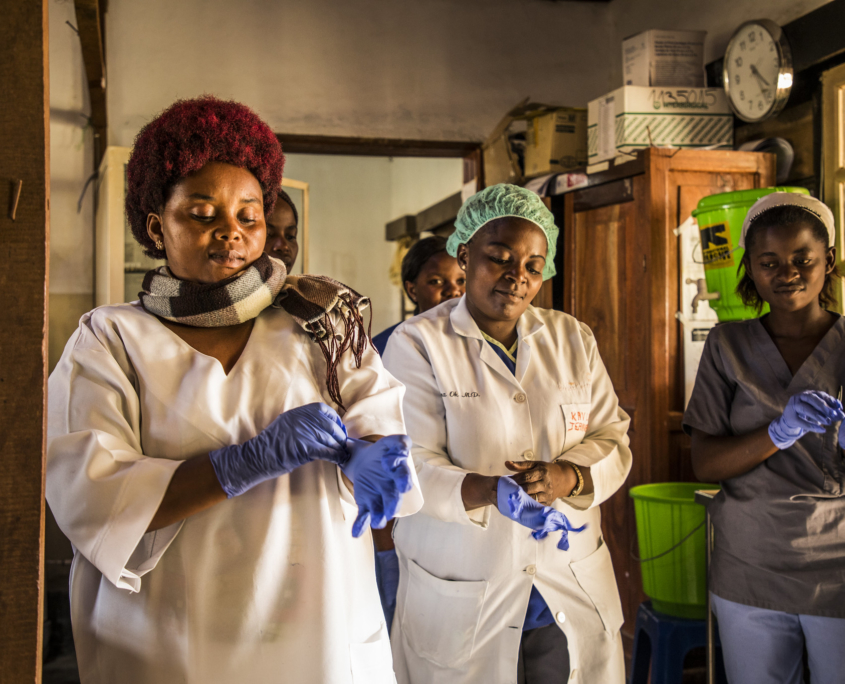Examining the Healthcare System in the Congo
 The Democratic Republic of the Congo has one of the highest poverty rates and one of the worst healthcare systems in Sub-Saharan Africa. The country’s struggle with healthcare is related to many other socio-economic issues the country struggles with.
The Democratic Republic of the Congo has one of the highest poverty rates and one of the worst healthcare systems in Sub-Saharan Africa. The country’s struggle with healthcare is related to many other socio-economic issues the country struggles with.
Healthcare in the Congo is not guaranteed for its citizens. This is due to long-lasting poverty and a lack of healthcare efficiency in the country. Since there are no hospitals in the Congo that offer free care, each patient must pay. Medical bills can range anywhere from $50 to $100. However, the average annual salary in the Congo is just $400, making the medical costs prohibitively expensive. And, in addition to 71% of the population living in poverty, the law does not require that people have access to healthcare despite their economic standing.
The Healthcare System in the Congo
Armed conflict has consistently damaged the country’s ability to improve healthcare facilities for decades. The lack of stability associated with the conflict has exacerbated the situation.
Per 10,000 people, the nation has 0.28 doctors and 1.91 nurses and midwives. In the Congo, the staff in the healthcare industry and the level of care have declined. There is no coordination structure in place to enable health worker training organizations to take current health system needs into account. In training schools, there is a lack of physical and financial resources. Patients must schedule an appointment with their physicians in order to be evaluated. In most cases, physicians see patients on specific days out of the week. Thus, patients must wait for lengthy periods of time to be treated due to the limited range of health centers with doctors.
There are currently 401 hospitals in the Congo. Moreover, small towns have limited access to primary treatment and, as such, many residents continue to struggle to access appropriate medical care. These hospitals also fail to maintain the tools and supplies needed to meet most of the patients’ health concerns. Because of armed conflict, among other reasons, hospitals often run out of critical prescriptions and materials needed for different services.
Plan for Improvement
The Republic of Congo has successfully developed a draft for a national strategy, Plan National de Développement des Ressources Humaines Pour la Santé (PNDRHS), with the ultimate goal of improving the medical staff development system, training and administration. This plan aims to expand the education programs for health workers and on-the-job practice to meet the community’s medical needs. It also aims to help motivate and encourage health staff to ensure their performance and accessibility.
Cordaid, a credible institution with significant experience in the Congo, gained a GPSA award for strengthening the consistency and accessibility of critical medical facilities in the country. As a result, hospitals and clinics have been able to receive new appliances. Additionally, Cordaid has successfully achieved upgrades to water pumps and prenatal care units for healthcare centers in recent years.
Overall, due to strengthened management, cooperation and investments in critical healthcare issues, the country has made significant progress in recent years. For example, the nation has been polio-free for four years. This is a significant accomplishment considering its scale and lack of healthcare facilities, and a sign of improvement yet to come.
– Rand Lateef
Photo: Flickr
